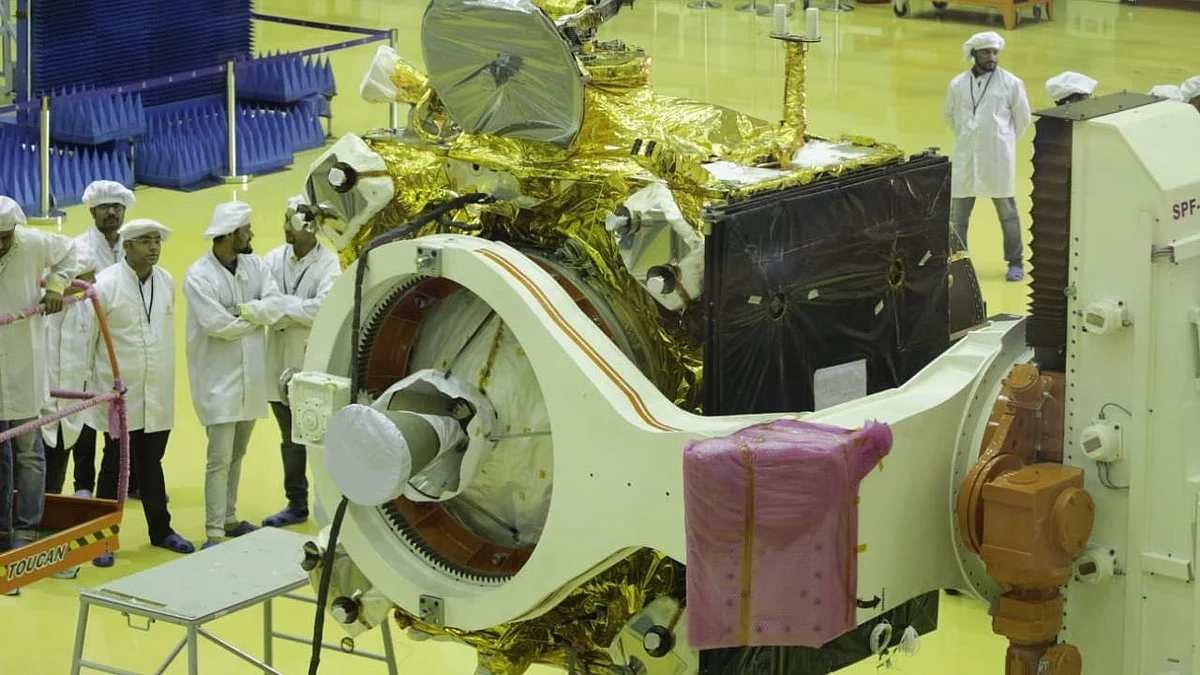ISRO to Launch Chandrayaan-2 on 15 July in Second Moon Mission
The moon-landing is scheduled for 6 September.

advertisement
The Indian Space Research Organisation (ISRO) on Wednesday, 12 June, announced India’s second ambitious moon mission, Chandrayaan-2, which will be launched on 15 July.
“Chandrayaan-2 mission will be launched on 15 July at 2:51 am,” said Dr K Sivan, chairman of ISRO.
On Wednesday, 12 June, ISRO unveiled the spacecraft at Bengaluru’s ISRO Satellite Integration and Testing Establishment. According to officials, its components will be moved from Bengaluru to Sriharikota by 20 June. The total cost of India’s second moon mission, including support from foreign agencies, is Rs 603 crore.
ISRO has completed the final phase of the project whereby the integration of the components has been undertaken.
The moon-landing is scheduled for 6 September. First, the orbiter will orbit the lunar surface at an altitude of 100 km, following which the lander, called Vikram, will make a soft landing near the south pole of the moon, after which the rover, called Pragyan, will be deployed to undertake the experiment.
“After landing, the rover door will open. This is the next important moment,” he said.
Sivan says the rover will take four hours to come out after the landing. The rover and the lander will have a lifespan of one lunar day, during which they will conduct scientific experiments. On the other hand, the orbiter will have a lifespan of one year. The orbiter and the lander will send communications directly to Earth, however, the rover will not be able to do the same because of power limitations.
The mission is aimed at gathering information on water and minerals on the lunar surface as well as studying the exosphere of the moon.
Sivan said that around 500 industries have contributed to developing the GSLV Mk III and around 15 academic institutions participated as well.
There are two reasons for choosing the south pole of the moon:
- Convenience, as ISRO will depend on solar power. A flat surface without many boulders or craters will be required for the landing. The chosen area also has good visibility and ample solar light.
- Scientifically, water and minerals are expected to be present at the chosen area more than in the other areas.
The packing for the mission will start from 12 June and a pre-shipment review will be held on 14 June. The equipment will be moved to Sriharikota on 17 June, Sivan said.
He asserted that ISRO will leave no stone unturned to find water on the lunar surface.
(At The Quint, we question everything. Play an active role in shaping our journalism by becoming a member today.)